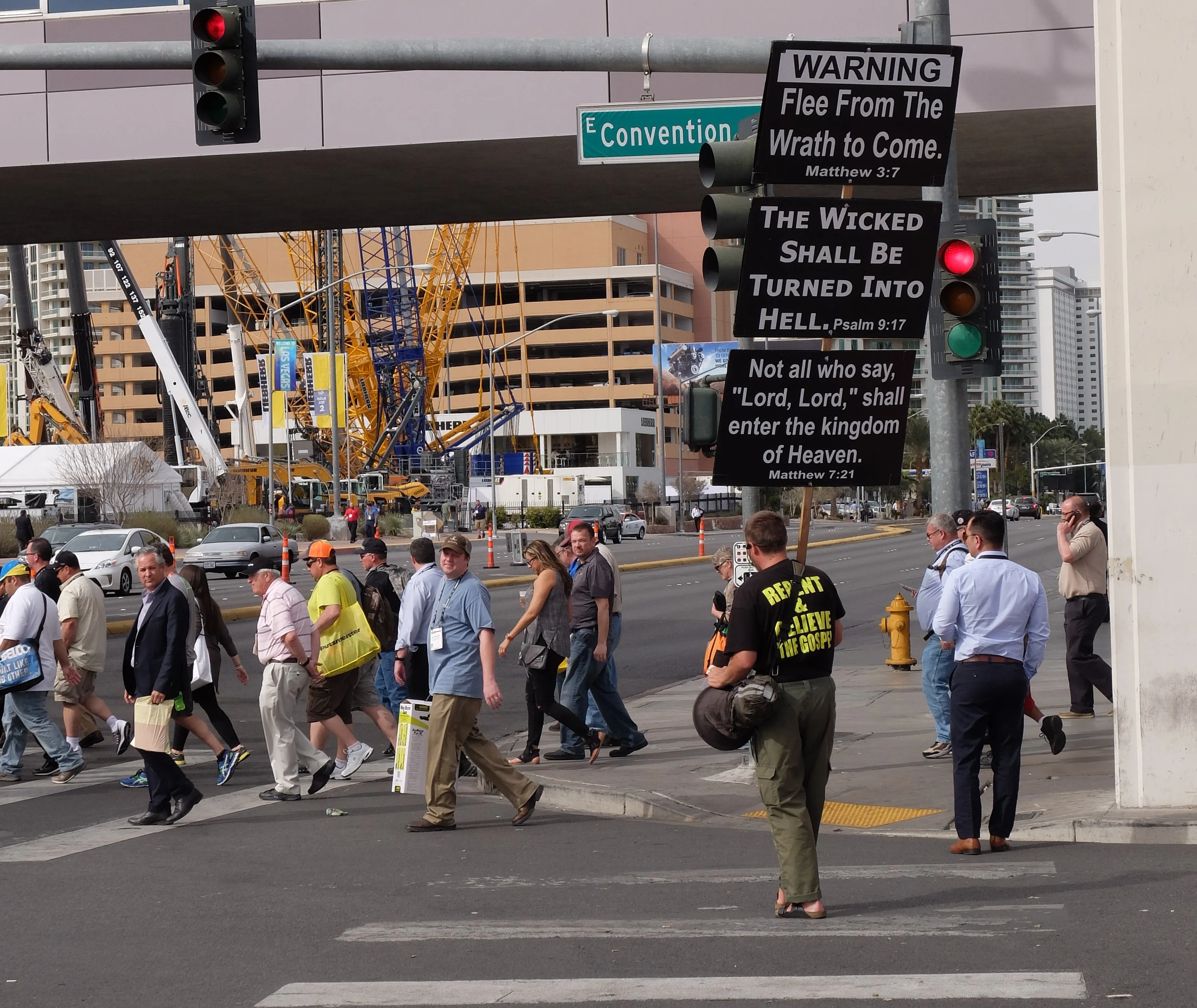The UK’s Department for Transport (DfT) reveals that the road fatality rate for 2013 was the lowest since records began in 1926. The data shows that 1,713 people died on the UK’s road network in 2013, around half that of the figure recorded for the year 2000. This reveals an on-going improvement in road safety levels. The DfT statistics show that in 2013, 21,657 people were seriously injured in road crashes, while the total number of casualties of all severities stood at 183,670. Car occupant fatalities in
June 26, 2014
Read time: 3 mins
The UK’s 5432 Department for Transport (DfT) reveals that the road fatality rate for 2013 was the lowest since records began in 1926. The data shows that 1,713 people died on the UK’s road network in 2013, around half that of the figure recorded for the year 2000. This reveals an on-going improvement in road safety levels. The DfT statistics show that in 2013, 21,657 people were seriously injured in road crashes, while the total number of casualties of all severities stood at 183,670. Car occupant fatalities in 2013 fell 2% to 785 compared with 2012 and 44% against the 2005-2009 average. Safety improved for some vulnerable road users and there were 398 pedestrian deaths, 5% fewer than in 2012 while the number of pedal cyclists killed dropped 8% from 118 in 2012 to 109 in 2013. However the number of motorcycle users killed increased by 1% from 328 in 2012 to 331 in 2013, the first increase seen since 2006. There is some cause for concern however, with a 14% increase in deaths (totalling 100) on motorways, the first increase since 2005. This is of note given that statistically, the UK’s motorway system typically has the lowest rate of deaths and serious injuries/km travelled of the country’s entire road network. Seriously injured casualties also increased by 1% to 660, the first increase since 2007.
The report also says, “…there are a number of factors that are likely to have contributed to falling numbers of people killed or injured in reported road traffic crashes. There is evidence to suggest that economic recessions have accelerated decreases in road traffic deaths. The two periods of large falls in road deaths since 1979 (1990-94 and 2006-10) coincided with the 1990-92 and 2008-09 recessions. There is also evidence that the average traffic speed in free flow areas as well as the proportion of drivers exceeding the speed limit has decreased over the last decade. This might not only help drivers avoid accidents altogether, but also might reduce the severity and number of casualties when they do occur. Technological and engineering improvements to vehicles and highways will have played a similar role in both avoiding accidents and minimising their consequences. Improved education and training is likely to have produced better and safer drivers. Finally, improvements in trauma care (and in particular the creation of major trauma centres in England) are likely to have helped improve outcomes once a crash has taken place.”
The report also says, “…there are a number of factors that are likely to have contributed to falling numbers of people killed or injured in reported road traffic crashes. There is evidence to suggest that economic recessions have accelerated decreases in road traffic deaths. The two periods of large falls in road deaths since 1979 (1990-94 and 2006-10) coincided with the 1990-92 and 2008-09 recessions. There is also evidence that the average traffic speed in free flow areas as well as the proportion of drivers exceeding the speed limit has decreased over the last decade. This might not only help drivers avoid accidents altogether, but also might reduce the severity and number of casualties when they do occur. Technological and engineering improvements to vehicles and highways will have played a similar role in both avoiding accidents and minimising their consequences. Improved education and training is likely to have produced better and safer drivers. Finally, improvements in trauma care (and in particular the creation of major trauma centres in England) are likely to have helped improve outcomes once a crash has taken place.”






